|
So I'm going to cheat a bit and talk about 4 muscles instead of 1. Please forgive me (or not... your choice). Today, we are talking about a group of muscles that play an integral part of our shoulders and upper extremity strength. You might hear it as the "rotary cuff" or "rotator cup" (or a combination of the two) - the correct term is: Rotator Cuff. It consists of four muscles: Image source: KenHub.com If we take a look at the shoulder joint in its simplest form - it is a ball and socket joint, much like your hip. The only difference is that the 'cup' portion - which is located on the scapula (the triangular bone) - is very shallow and does not provide much stability in and of itself. 3 muscles (supraspinatus, infraspinatus, teres minor) all work together to externally rotate the shoulder, while the subscapularis (on the front side of the scapula) works to internally rotate the shoulder blade. The four muscles also work together through the coordination of other muscles, not listed, to raise/abduct the arm to the side. One of the primary purposes of the rotator cuff is to work together so that when it contracts, it can pull the humerus into the socket to provide stability as your arm is moving. You rely heavily on these muscles to help support your shoulder joint in its sweet spot through movement, but also if you are holding an object for a long period of time (violin, anyone?) Check out how the shoulder moves below, with the supraspinatus muscle highlighted: It is worth saying that it is relatively common for people to develop tendon-related issues over time, particularly with repetitive stress. As humans, we rely heavily on using our arms to perform daily tasks. It is one of the more common injuries in the shoulder and surgical rotator cuff repairs are one of the most commonly performed orthopedic procedures. BUT... Just because you may have problems that show up on a MRI, does not mean that you are guaranteed to have pain or problems, or must have surgery. Rotator cuff tears occur up to 40% of the population who are >60 years (Source). Within a population that had diagnosed rotator cuff tears, another study found that 65.4% of their sample group did not have ANY symptoms involving the shoulder. Take steps to strengthen the entire shoulder girdle as well as maintain your flexibility in order to prevent overuse and extra stress on your shoulder joint. Checking in with your local friendly physical therapist to help develop a prevention plan is a great place to start. If you don't have one, give us a call and let us know how we can help! If you want a few exercises to try out, give these a try! (remember, never perform or push through pain!)
That's it for this week. Until next time, stay happy and healthy!
8/20/2022 12:21:55 am
I like that you said that we looked that our shoulder is just a simple bone with functions, but it is sensitive. Last night, my brother who is an athlete that suffered an rotator cuff injury, and he asked last night if I had any idea what would be the best treatment to consider. I appreciate you for explaining the important factors of physical therapy, I'll tell him that consulting a trusted sports physical therapy service can help provide more details about the treatment.
Reply
Leave a Reply. |
AuthorDr. Janice Ying is a Los Angeles-based Physical Therapist. She is board-certified Orthopedic Physical Therapy Specialist and is regarded as a leading expert in the field of Performing Arts Medicine and the development of cutting edge injury prevention and rehabilitation programs for musicians. DisclaimerThe information on this website is intended for educational purposes and should NOT be construed as medical advice. If you have or think you have a health-related issue which needs to be addressed, please seek the help from your local licensed medical professional.
Archives
October 2020
Categories
All
|
||||||
We would love to see you soon!
|
© Opus Physical Therapy and Performance - 2021 - All Rights Reserved

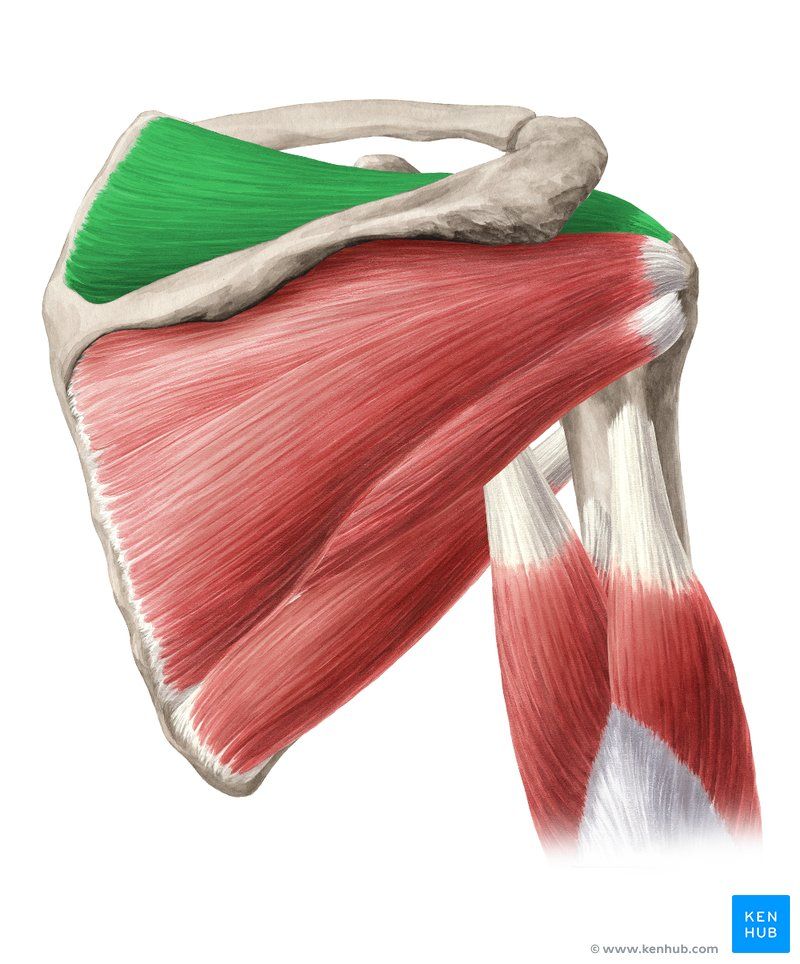
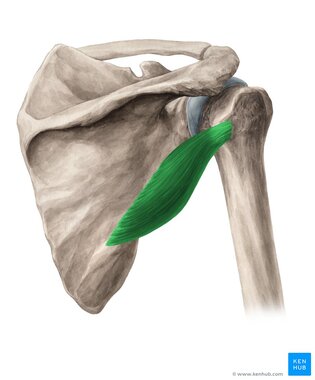
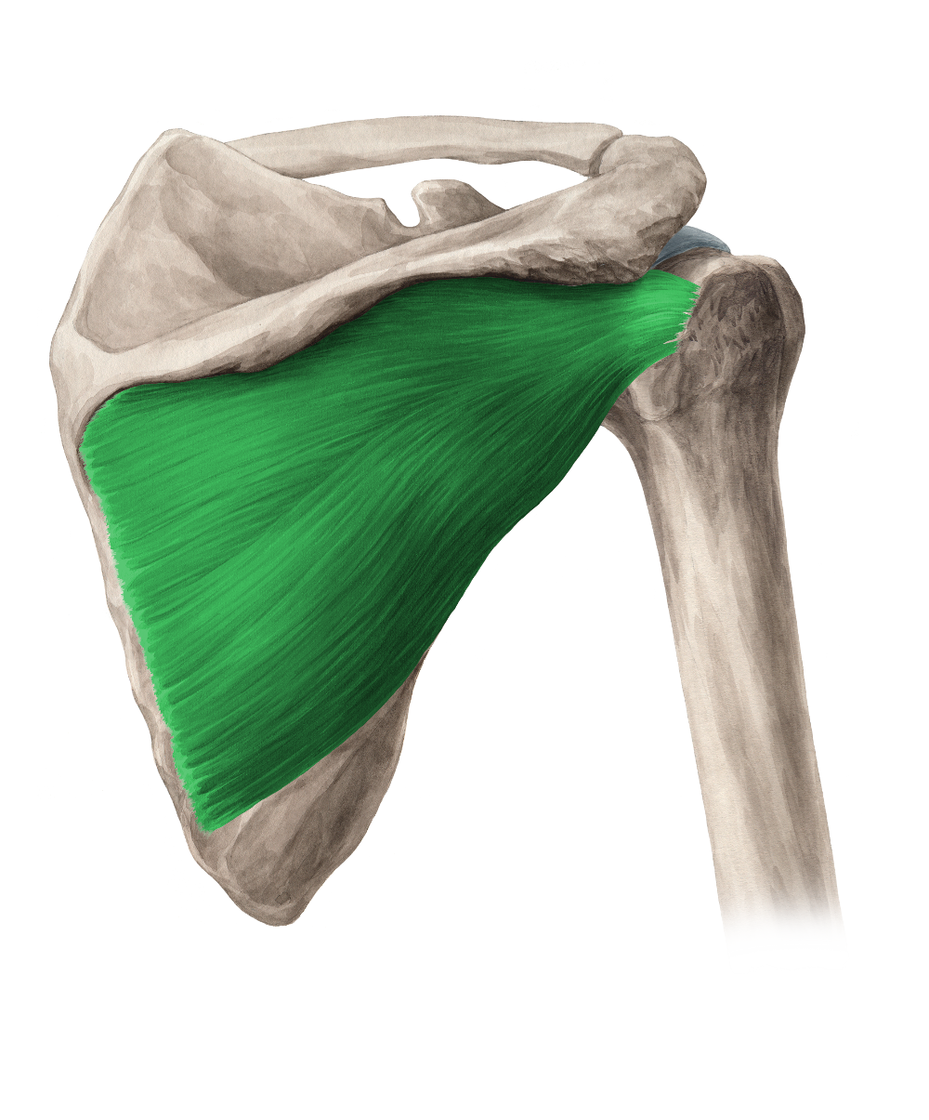
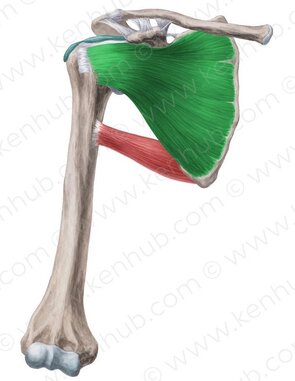
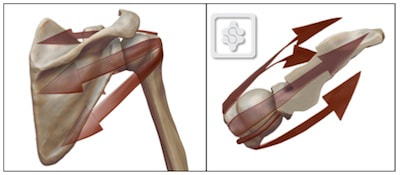
 RSS Feed
RSS Feed